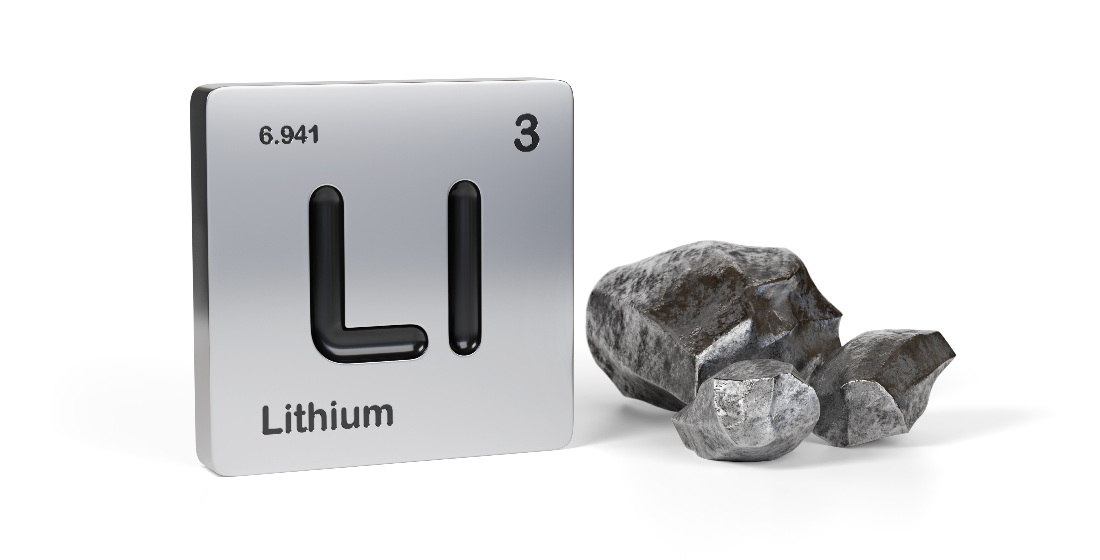Blended finance: Mobilising private capital in pandemic recovery
DFIs have reacted quickly and strongly to the short-term fall-out from Covid-19 on Africa – arguably quicker and more strongly than many governments. But the longer term challenge is how, if at all, can private sector investment play a significant role in Covid vaccine and recovery programmes.

DFI pandemic support for African economies, which have been hit very hard by Covid fall-out (cross border investment in sub-saharan Africa fell 53% from 2019 to 2020, and was down 46% for the MENA region, according to the IFC), has been significantly ramped up. The World Bank has made available nearly $25 billion to respond to the African Covid-19 crisis, which is only half of the $50 billion dollars it intends to deploy on the continent. The EIB has provided €5 billion for new private and public investment across Africa, and the AfDB issued a $3 billion fight Covid-19 social bond, which comes on top of the bank's own $10 billion support envelope.
And just last month, G7 DFIs and multilaterals announced a commitment to invest over $80 billion in the private sector in Africa over the next five years – a bid to start adressing the longer term negative fall-out on African economies.
This is much needed capital that will provide some relief from the most immediate and painful aspects of the pandemic. But it is a sticking plaster. The reality is much more is needed to facilitate the medium-to-long-term recovery of health systems and economies in the developing world. The IMF estimates sub-Saharan Africa alone will need an additional $425 billion between now and 2025 to fight Covid-19 and reduce poverty levels now being exacerbated by the pandemic.
Short term budget support cannot provide a permanant or sustainable solution. DFIs need to find a way of bringing the private sector into investable/bankable aspects of long-term Covid recovery programmes. But the investor barriers are significant. Some DFIs and MDBs have endeavoured to put together structures and facilities to attract private capital into Covid vaccination rebuilding efforts, but with limited results.
“In the short to medium term, you have the vaccination financing. Here, you do get blended finance opportunities, but the real issue is the funding. Africa alone, for example, needs $100 billion in vaccine financing. If you look at emerging markets globally, that number will be substantially larger. And most of that is not going to come from financing structures with no returns for private investors.” says Dr. Robert Besseling, Founder and CEO of Pangea-Risk.
Opportunities for blended finance in vaccine provision and development
The immediate concern of many nations is the acquisition and deployment of vaccines. In the US and UK the vaccine rollout continues to gather pace, in the UK almost two-thirds of the population have received two vaccine doses, and almost 88% of those who are eligible have had one dose. In fact, in Europe roughly 77 out of every 100 people have been vaccinated - in Africa that number drops to 4.3, according to Our World in Data.
Blended finance has been touted as one way to help mobilise additional financing toward this goal, by allocating the risks and returns among public, philanthropic, and private investors. The DFC has been particularly active in this regard, working to address vaccine shortages by increasing manufacturing capacity in multiple regions, with multiple technologies and within large and small countries.
The DFC, IFC, and DFIs from France and Germany will together provide financing to Aspen Pharmacare, Africa’s largest pharmaceutical company, that will help increase capacity to support Aspen’s effort to produce vaccines. DFC financing will also help Indian manufacturer Biological E Ltd. increase capacity to produce at least 1 billion doses of COVID-19 vaccines by the end of 2022 for India and other developing countries.
“I think that what we're seeing today is an incredible global problem around the vaccine supply chain,” said Nafisa Jiwani, Managing Director of Health Initiatives, at DFC, speaking at the TXF Virtual World Fair last month. “And the focus to decentralise the supply chain is going to require several institutions coming together to say what role do we play, and part of that is leveraging blended finance to de-risk some of these projects, especially where there may be limited experience, or you're starting to increase your capacity around a technology that's never existed before.”
The question is how do you compliment public efforts with private investment efforts and sustain these partnerships long term? DFC believes it has a potential solution with its Global Health and Prosperity Initiative, which seeks to catalyze up to $5 billion in investment to projects that support the COVID-19 response, specifically targeting investment in health system capacity, including supply chains that expand the distribution of medical supplies, products, and equipment. Under the initiative, DFC has issued a call for proposals from private sector entities seeking financing for investments in global health, with DFC commiting up to $2 billion over the next three years in direct U.S. Government financing and other investment support through this initiative.
These types of structures are not only useful for the pandemic response but will be crucial for crowding in private capital as developing countries transition into low-middle income economies, where infectious diseases will decline in their prevalence to be superseded by non communicable diseases like kidney failure and heart disease. As a result structures like the DFC’s Global Health and Prosperity Initiative provide a potential template for private investments to sustain healthcare in countries long term.
Repairing and building healthcare capacity long term
Vaccine provision, while an immediate priority, forms only one part of the efforts to assist developing economies recover from the devastation of the pandemic.
Last year the IMF predicted the economic damage and health costs caused by coronavirus will leave Africa needing $1.2 trillion over the next three years. As a result, it's likely that last year's pandemic related destruction will cause continued suffering well into this decade, compounding losses and pushing even more people into poverty.
Responding to this challenge the IFC has created its own private capital mobilisation model, the Africa Medical Equipment Facility (AMEF). The facility sits in partnership with global manufacturers and financial institutions, and is supported by established blended finance platforms such as the International Development Association’s (IDA) Private Sector Window (PSW), Blended Finance Facility and the Global Financing Facility for Women and Children and Adolescents (GFF). The AMEF falls under IFC's Global Health Platform, which was launched to help developing countries fight the coronavirus pandemic and to increase the resilience of countries' healthcare systems.
IFC expects the facility to provide a total of $300 million in financing, designed to bridge the gap between healthcare businesses seeking medical equipment and financial institutions and equipment manufacturers. Risk-sharing facilities, developed through partner banks, will provide healthcare businesses with necessary financing to acquire advanced equipment from manufacturers that have signed on to the facility.
As part of the facility partner banks will provide commercial loans and leases ranging from $5,000 to $2 million with a tenor ranging from three to seven years including a grace period of six months to two years.
On the smaller scale, Dutch development bank FMO provides the NASIRA financial program that supports young, female, migrant and Covid-19 affected entrepreneurs in developing economies. NASIRA is a risk sharing facility for local financial institutions, offering a portfolio guarantee to stimulate lending to underserved segments. The goal is to allow local financial institutions to provide loans to groups they normally perceive as too risky. By so-called ‘risk-sharing’ NASIRA reduces the perceived and real risks of lending to vulnerable and underserved parts of the population, taking on the risk of the local banks.
The Uxolo perspective
Although there are some notable efforts to mobilise private capital to mitigate and repair the damage caused by Covid in developing economies, it's clear that immediate pandemic emergency relief is very much an MDB and DFI led effort, with very few opportunities for blended finance. However, blended finance can play an important assisting role in the medium-to-long-term recovery of health systems and economies. Examples such as innovative finance mechanisms, such as DFC’s Global Health and Prosperity Initiative and IFC’s AMEF, have the potential to boost preparedness for pandemic scenarios across developing economies and build more resilient healthcare infrastructures.




